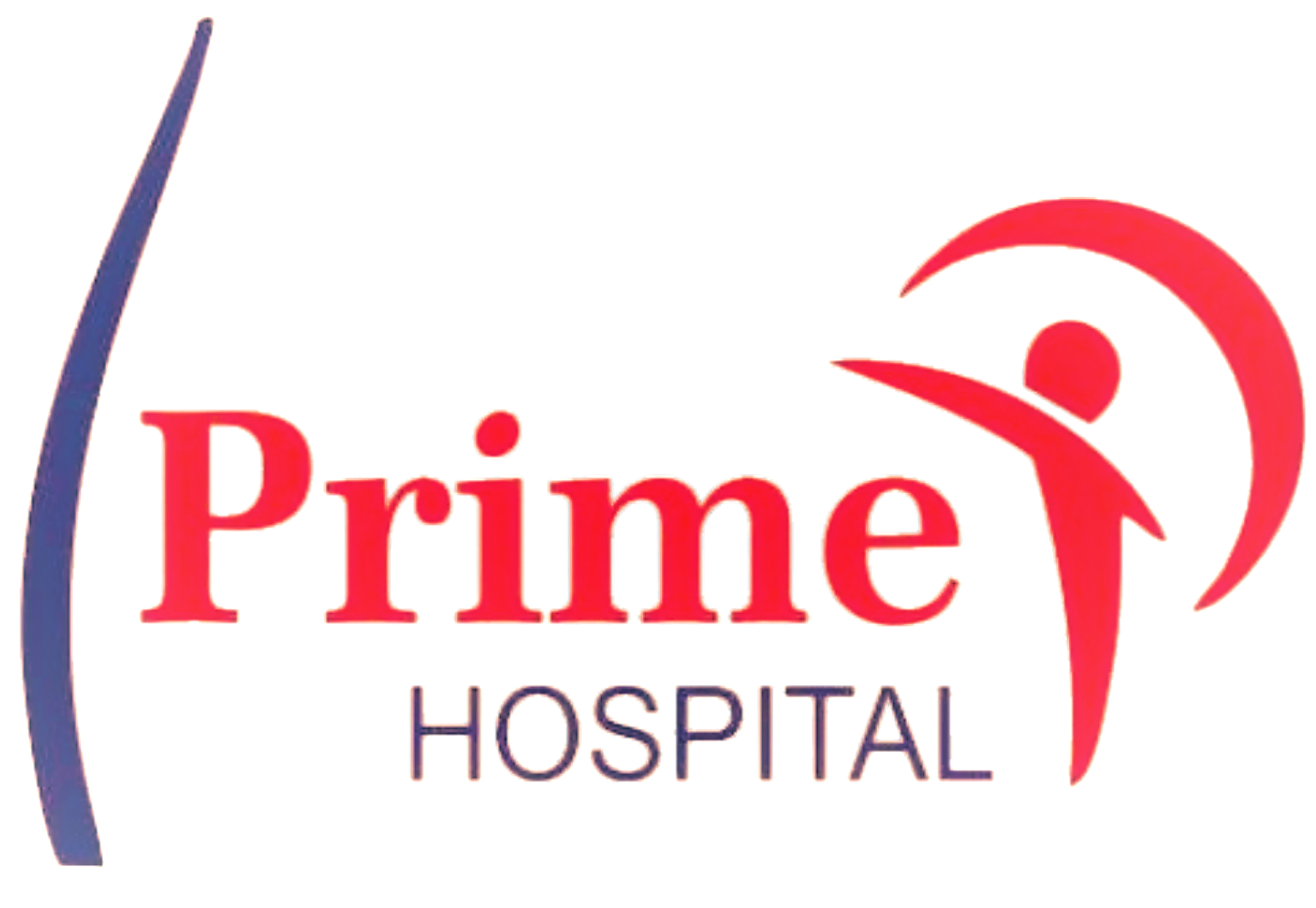

Best Breast Cancer Treatment In Panipat
Searching for the best Breast Cancer Treatment In Panipat? Prime Hospital’s The Breast Cancer Hospital in Panipat is where you should straight head to. We have a team of specialized and highly experienced Doctors to offer the best treatment possible to patients suffering from different disorders.
Advanced Centre for Breast Cancer Treatment in Panipat
Being supported by a team of India’s top gastroenterologists, gastroenterologists, surgical oncologists, medical oncologists, GI oncologists, cancer surgeons, paramedical personnel, dietitians, and physiotherapists, we are among the Advanced Centers for Breast Cancer Treatment.
The Stomach disease Specialist Team at Prime Hospitals assesses the patient’s condition and the stage of the disease, recommending targeted therapy, immunotherapy, radiation therapy, endoscopic mucosal resection, chemotherapy, and/or surgery as necessary- Best Breast Cancer Treatment In Panipat.
Best Breast Cancer Treatment In Panipat
To commence with, understanding the stage of breast cancer is crucial. Because it can help surgical oncologists and breast cancer surgeons make informed decisions about the best course of treatment.
Along with, the primary care physician usually recommends a visit to a hospital for breast cancer. Depending on the severity of the condition, patients may receive a physical breast exam, an ultrasound, an x-ray (mammogram), or all three.
Diagnosis of Breast Cancer
The oncologist (cancer expert) does a physical examination of the breast prior to starting imaging testing. During this examination, the breast is carefully examined for abnormal growths or protrusions, such as lumps, and other symptoms. Moreover, The patient’s health, habits, previous ailments, and treatments may all be questioned by the doctor. Furthermore, One may also inquire about the patient’s paternity. The goal of each of these inquiries is to establish a link between the patient and the illness- Best Breast Cancer Treatment In Panipat.
Additionally, Imaging tests are then performed on the patient to determine the exact nature of the illness and to confirm any abnormalities. Among the imaging exams are:
- Optical imaging tests
- Mammogram – Contrast-enhanced mammography
- Breast ultrasound – Elastography
- Biopsy
- Fine needle aspiration cytology
- Core needle biopsy
- Punch biopsy
- Vacuum assisted biopsy
- Wire guided excision biopsy
- Breast MRI – Abbreviated breast MRI (fast breast MRI)
- Nuclear medicine tests (radionuclide imaging)
- Molecular breast imaging
- Positron emission tomography
- Positron emission mammography
- Electrical impedance tomography
Staging of breast cancer
When staging a breast cancer, the most important factors are the size and spread of the cancer. The oncologist must determine the patient’s stage of breast cancer in order to treat them by:
determining the patient’s chances of survival and the degree of breast cancer.
weighing all of your alternatives before choosing a treatment plan.
looking for any prospective clinical studies for treatments
However, A cancer’s stage is always the one given at diagnosis, regardless of whether it advances or not. The initial stage of a malignancy is supplemented with any new information regarding its progression over time. This indicates that the stage does not change even if the cancer does- Best Breast Cancer Treatment In Panipat.
Frequently Asked Questions
On the other hand, while the exact cause of each incidence of breast cancer is frequently unknown, many probable causes of these cancers are already well documented. Similarly, Hormones seem to play a role in many cases of breast cancer, while the exact mechanisms by which this happens are still unclear.
Considerable progress has been made in the research of breast cancer. There has been a decrease in breast cancer-related fatalities in recent years.
Regretfully, breast cancer continues to be the leading cause of cancer-related mortality for women aged 20 to 59. Moreover, Among the more straightforward and successful methods of cancer prevention used today include screening, chemoprevention, and biological prevention.
Additionally, Breast cancer can be prevented primarily via chemoprevention and reducing risk factors.
Breast cancer presents with many different symptoms. Patients need to use caution if they see any new lumps in their breasts or underarms. Furthermore, Breast cancer can also refer to irritation or dimpling of the breast surface, as well as thickening or swelling of a portion of the breast. In the breast or nipple region, redness or flaky skin are frequently observed.
Surely, It is possible that parents could pass on their genes and cause breast cancer. While environmental variables cannot be connected to the majority of breast cancer cases, 5–10% of cases are associated with gene mutations that are inherited from family members.
